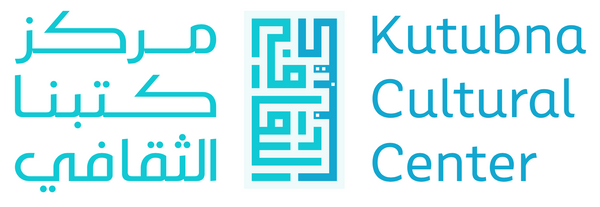Artist Spotlight: Youness Siraj Mounir
 By Rushda Rafeek
By Rushda Rafeek
1. Despite having Moroccan ancestry, your artistic statement reads that you spent the majority of your adult life in the UK. Could you tell us about your artistic endeavors throughout the UK and how is the response to art there?
I’m originally from Morocco, moved to the UK to pursue my postgraduate degree in Computer Science, and ended up spending the majority of my adult life between England, Scotland, and Northern Ireland—an experience that shaped both the person and artist I became.
In the UK, art is not just an output—it’s a way of life. The streets breathe creativity, and it isn’t confined to galleries. I was surrounded by artists of all forms: graffiti artists, abstract painters, musicians, illustrators, poets, tattooists. I spent my time visiting their studios, going to their shows, wandering with them through alleyways alive with expression.
But for a long time, I was hesitant to create. I wasn’t sure what would pour out of me. I questioned: Will my art reflect my insecurities? Will I be able to come to terms with it? Am I ready for the world to see me exposed?
Living in the UK became the catalyst for self-acceptance. It taught me how to embrace my own way of being. To feel fully and deeply with no bounds nor apology. And that was the moment I realized I needed art—not as a hobby, but as a language I could finally speak, a platform and community that accepted me for who I really am.
2. What did you find to be the most peculiar source of inspiration?
The most peculiar source of inspiration is simply… living.
My personal experiences. The bonds I build. The love I feel. The losses I carry. A sentence said in passing. The rhythm of music. A sunset that catches me off guard. A smile that breathes life into me.
My work is rooted in reflection. Each piece is a moment—an emotional timestamp, a record. The peculiar part? Even the hardest memories inspire me. They built the canvas together with me.
3. What would you say a typical day in your life is like?
Right now, I live between two realms.
I recently lost my full-time job due to the company exiting the UAE, and I’m navigating what comes next. Some days are quiet; some are restless. But I move forward, piece by piece.
I check in with family and loved ones. I get on with my daily tasks and do the needful for my professional career. I go for walks. I sit by the sea and let the sunset charge me back up while sipping a cold brew and listening to music. I visit galleries in Alserkal Avenue. And when the day slows down… I paint.
Sometimes three, four pieces at once. My mind moves fast. My heart feels deeply. Painting is how I keep up with myself. It’s not a routine—it’s how I breathe.
4. What has been the most intriguing response you have seen to your work?
A person once stood in front of one of my paintings and said: “You breathe life into canvas.”, “I am living that moment with you.”
That stayed with me, because that’s what I try to do, I create for resonance. I want people to feel my pieces as they are my records. Not understand them, not analyze them—but recognize themselves inside them maybe, yes, that is it.
When someone tells me they felt seen through my art, I know I’ve done something real. Most of my artwork was sold because the viewer recognised themselves in it, resonated with it, and needed my art as a reminder.
5. Could you explain your thoughts on abstract art in the UAE and what you hope to accomplish with this exhibition?
Abstract art in the UAE is still growing into its place. Unlike other parts of the world where it’s more widely embraced, here it often isn’t given the space or understanding it deserves I feel. But that’s slowly changing—and I’m proud to be part of that shift in an art scene as thriving as the one we have in the UAE.
Abstract expressionism gives shape to feelings, to silence, to thoughts we don’t always know how to say. It’s bold. Emotional. Honest. Unapologetic. And I believe it should be seen and exhibited far more in the region.
Thanks to initiatives like this exhibition at Kutubna Cultural Center, more people are getting the chance to experience it—to stand in front of something that doesn’t explain itself, but invites them to feel.
With this exhibition and the chance given to me by Kutubna Cultural Centre and Nora, I hope to help people see that it’s okay to feel deeply. That it’s okay to express what we carry inside, and that abstract art can be a mirror for all of it. I want viewers to pause, connect, and maybe even walk away understanding themselves a little more.
